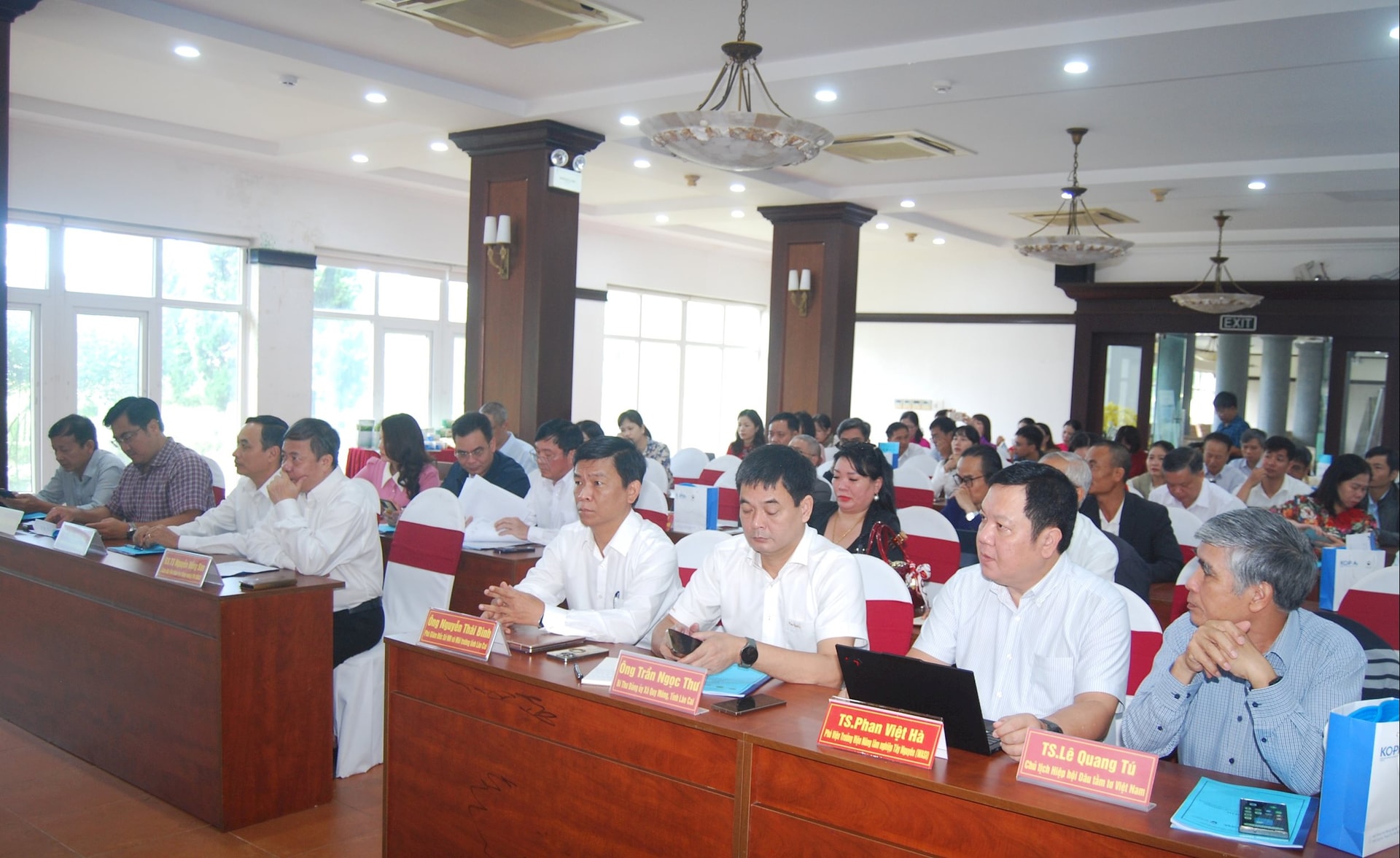
According to the Center, Vietnam is currently the world's fourth largest silk producer, with over 90% of its output exported. However, the Vietnamese silk industry still lacks a comprehensive plan. Mechanization and automation are limited. The level of application of science and technology is low. Domestic silkworm breeding stock is unstable. Value chain linkages between farmers and businesses are incomplete…
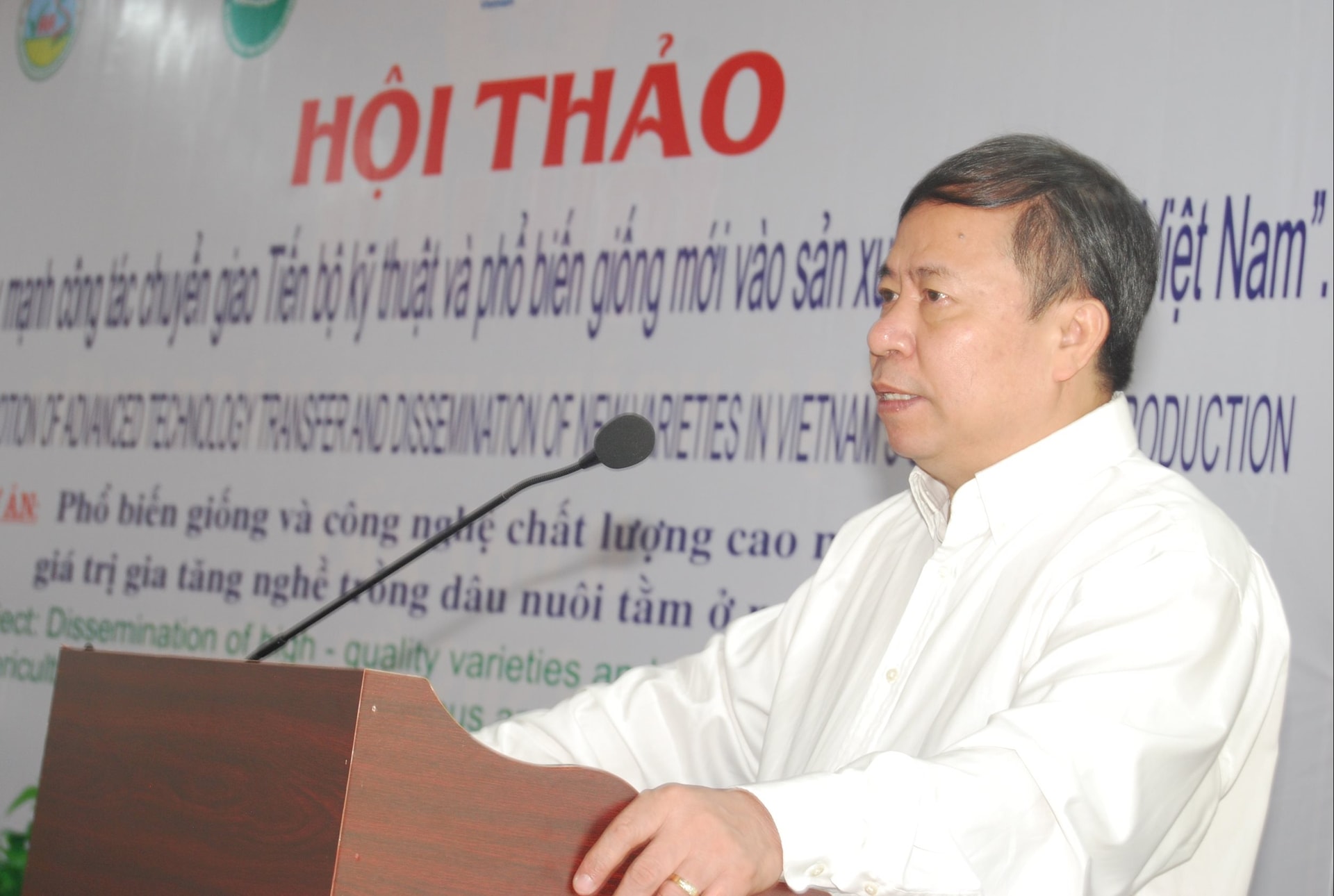
To enhance the value of mulberry cultivation and silkworm rearing, the Central Research Center for Mulberry and Silkworms proposes replicating the model of raising silkworms on multi-tiered racks in the Central Highlands. Northern and central provinces should take advantage of the abundance of mulberry leaves during the summer season to increase the scale of silkworm farming.
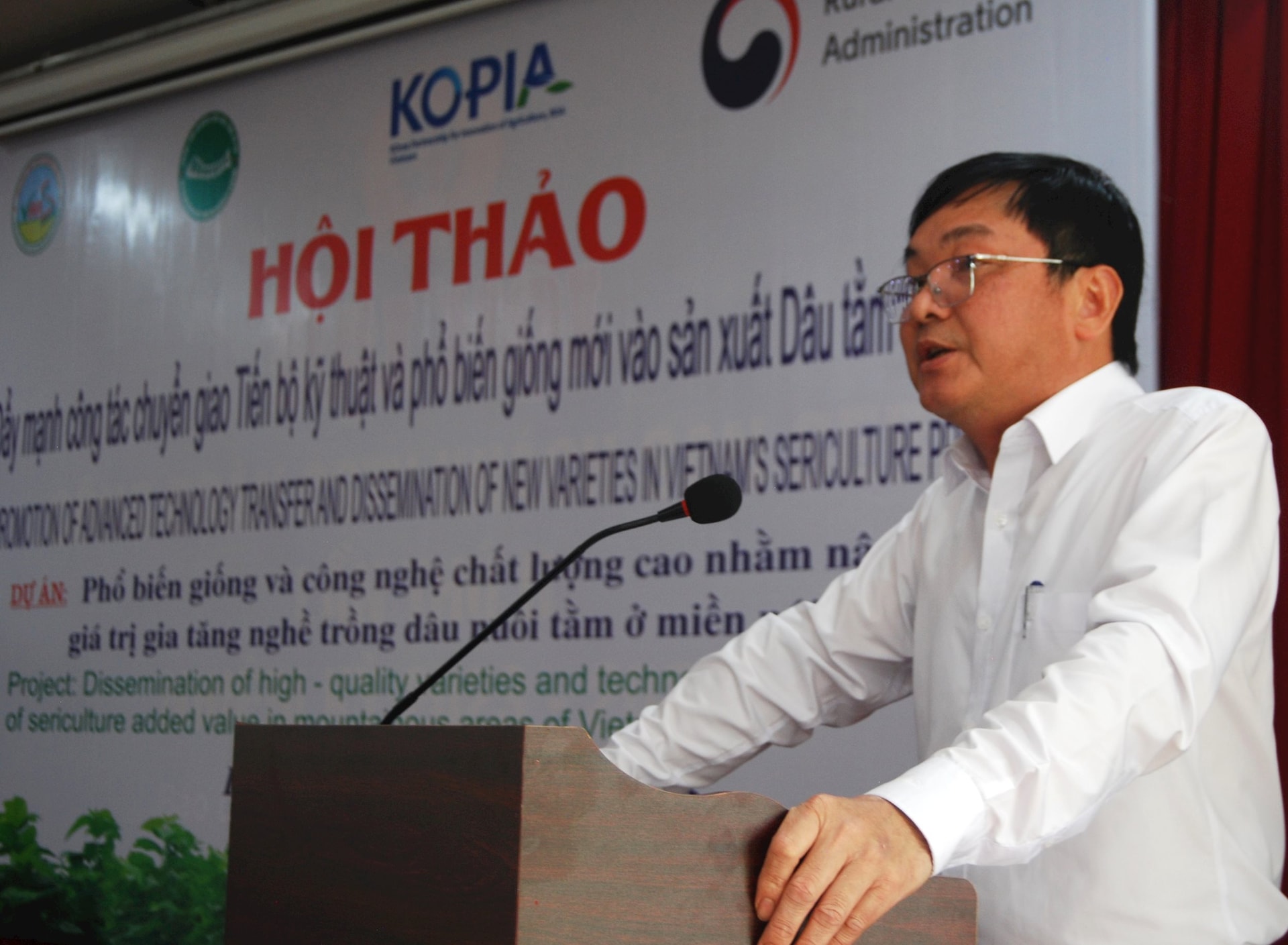
At the workshop, cooperatives and farmers also shared experiences on effectively switching mulberry and silkworm varieties; and methods for applying new scientific and technical methods to prevent and control diseases in silkworms, ensuring the yield and quality of cocoons harvested annually.
.jpg)
Ms. Nguyen Thi Moi, Chairwoman of the Board of Directors of the Vietnam Union of Silk and Ecotourism Cooperatives, stated that Lam Dong province is the silk capital of the country. Many high-tech mulberry cultivation and silkworm farming models achieve incomes of 450-500 million VND/hectare/year.
To ensure the sustainable development of the silk industry, Ms. Moi proposed preferential credit policies, investment support for new silkworm varieties and silkworm farms, and the conversion of inefficient rice land to mulberry cultivation.
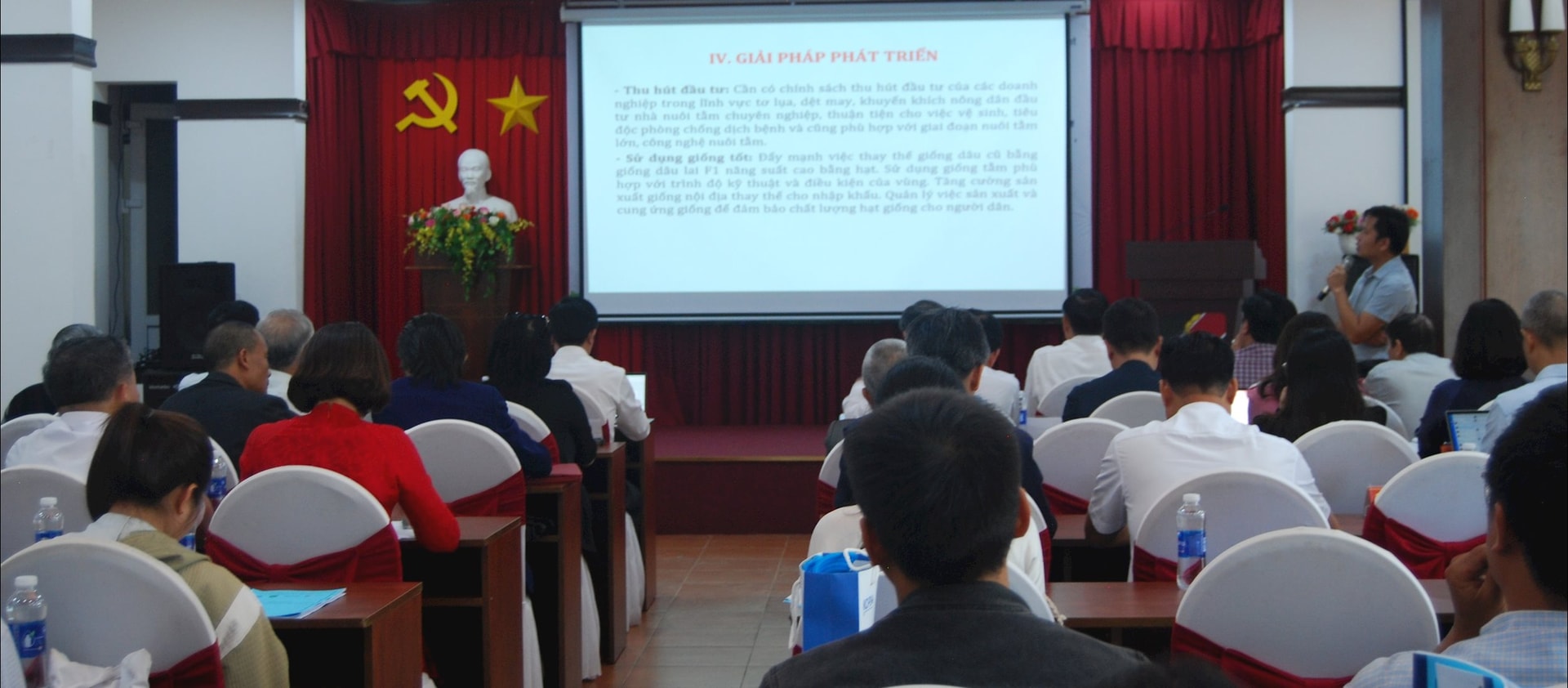
It is known that the Lam Dong Agricultural and Forestry Experimental Research Center has selected and bred mulberry varieties such as: S7-CB, VA-201, TBL-03, TBL-05, TN4.
These varieties possess superior characteristics such as: thick leaf mass and high yield suitable for raising large silkworms; soft, thin leaf mass and high branching ability, very suitable for raising young silkworms; yield of 30-40 tons/ha/year; good resistance to pests and diseases; survival rate of over 90% when planted from cuttings…
Looking ahead, Lam Dong province in particular and the whole country in general need to proactively research, select, and breed silkworms domestically, in order to gradually replace imported raw materials for the mulberry and silkworm industry.
Simultaneously, promote the transfer of advanced technologies in mulberry cultivation, silkworm rearing, silk reeling, and processing; apply biotechnology, digitalization, and quality control throughout the supply chain; strengthen linkages to build concentrated raw material areas, stable purchase contracts, and clear traceability.
Furthermore, it is important to expand international cooperation to acquire technology, train human resources, and promote the Vietnamese silk brand in the global market.
Source: https://baolamdong.vn/lam-dong-day-manh-chuyen-giao-cong-nghe-trong-san-xuat-to-tam-395854.html




![[Photo] Prime Minister Pham Minh Chinh attends the Conference summarizing and implementing tasks of the judicial sector.](/_next/image?url=https%3A%2F%2Fvphoto.vietnam.vn%2Fthumb%2F1200x675%2Fvietnam%2Fresource%2FIMAGE%2F2025%2F12%2F13%2F1765616082148_dsc-5565-jpg.webp&w=3840&q=75)



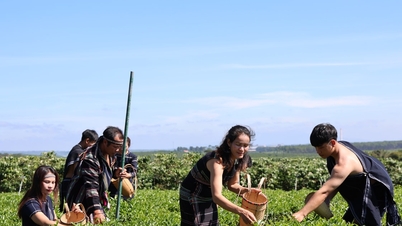
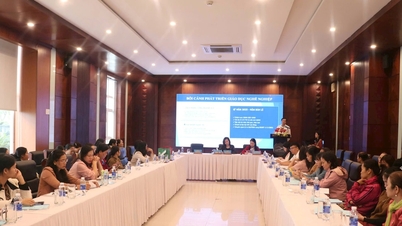

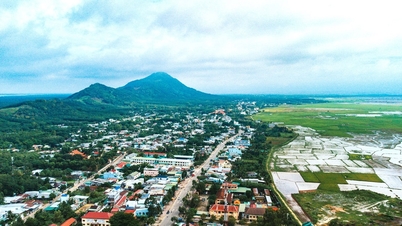
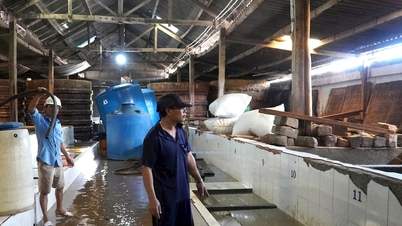
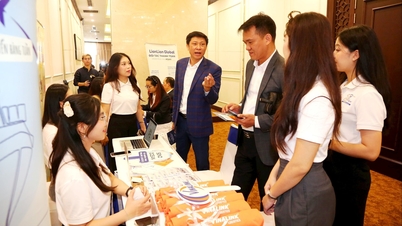



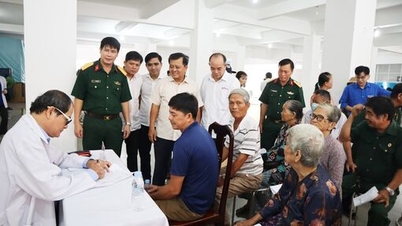

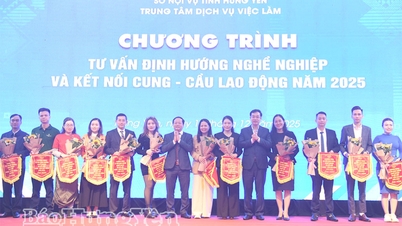



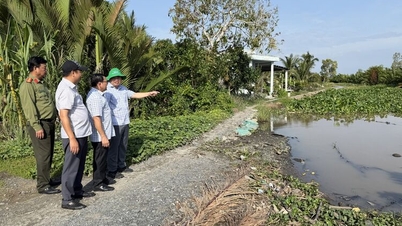

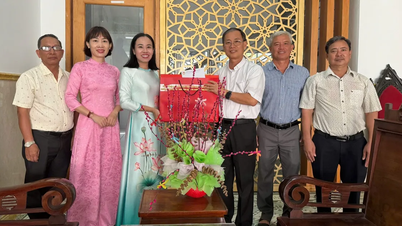







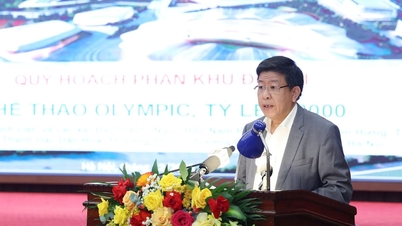

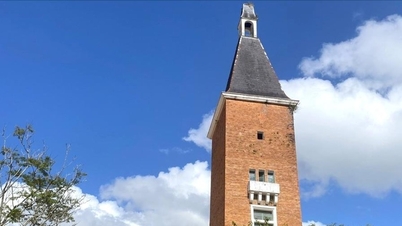

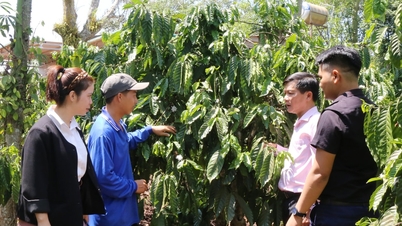
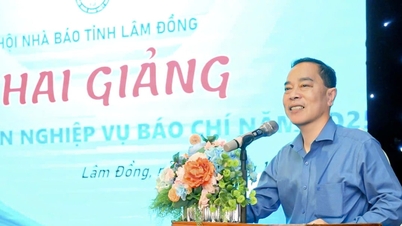









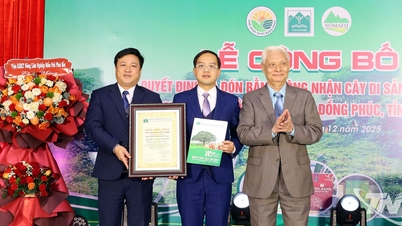








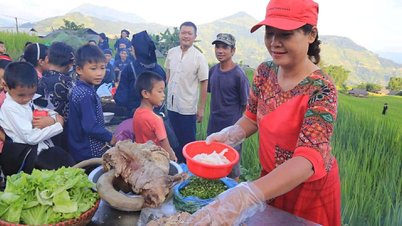








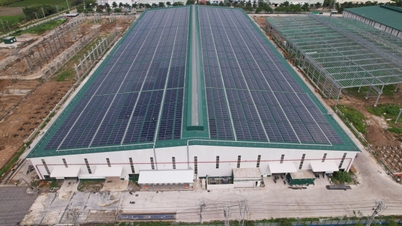



















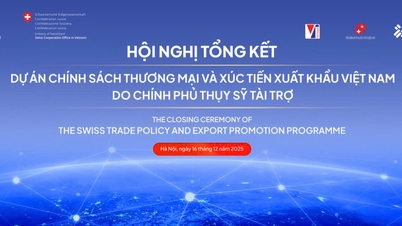

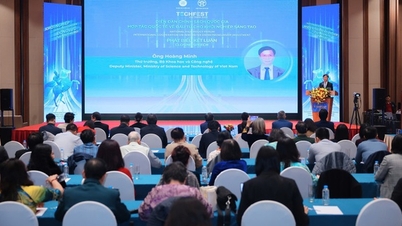

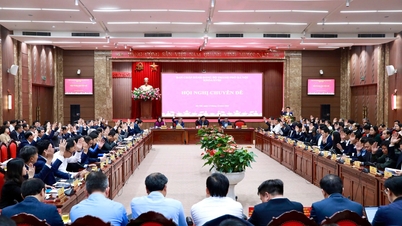

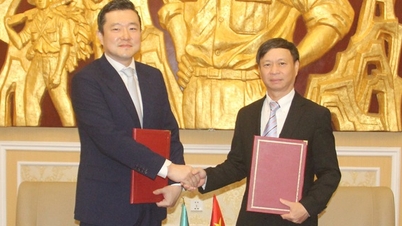
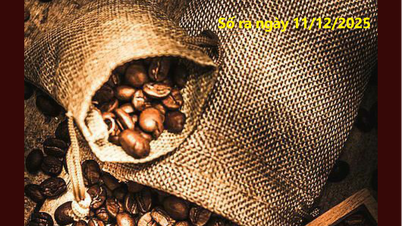
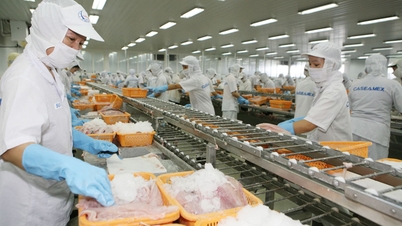


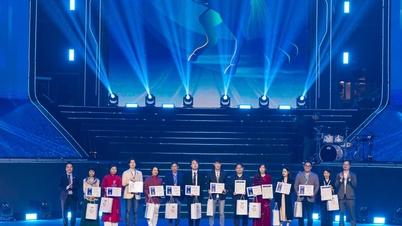
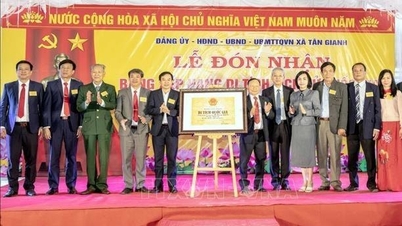
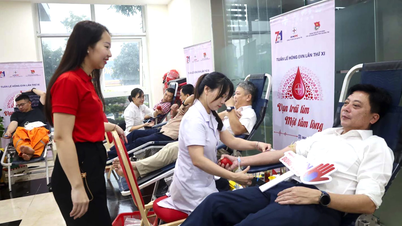

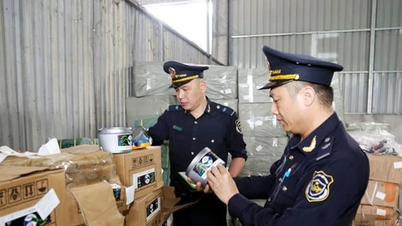











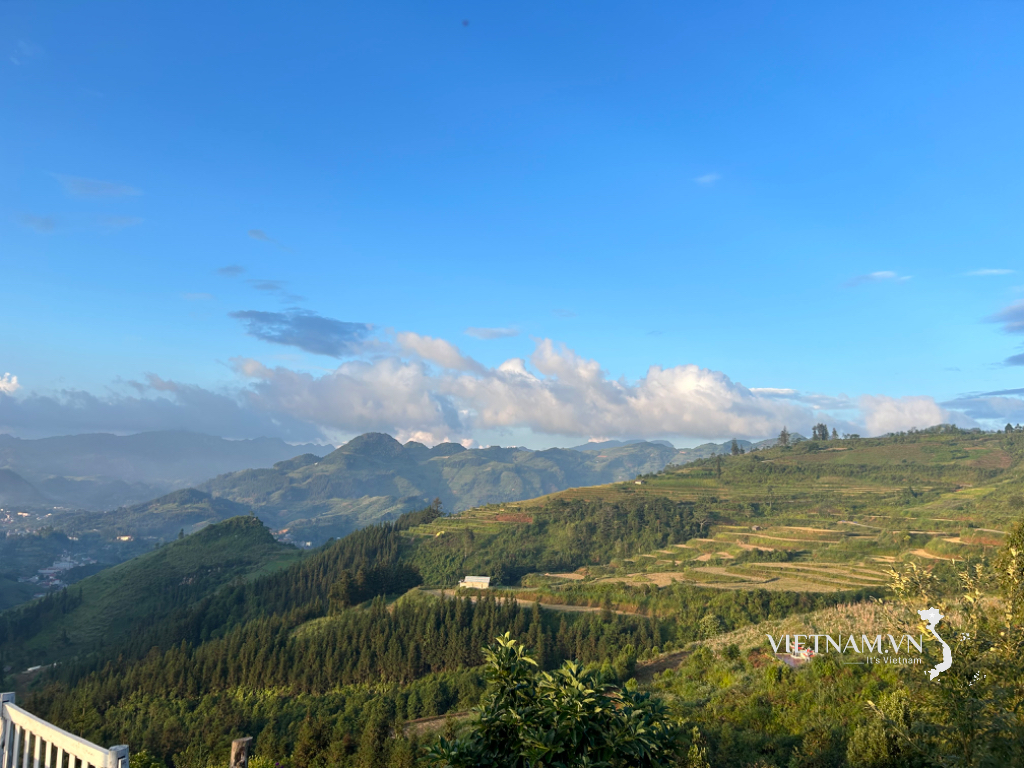



Comment (0)